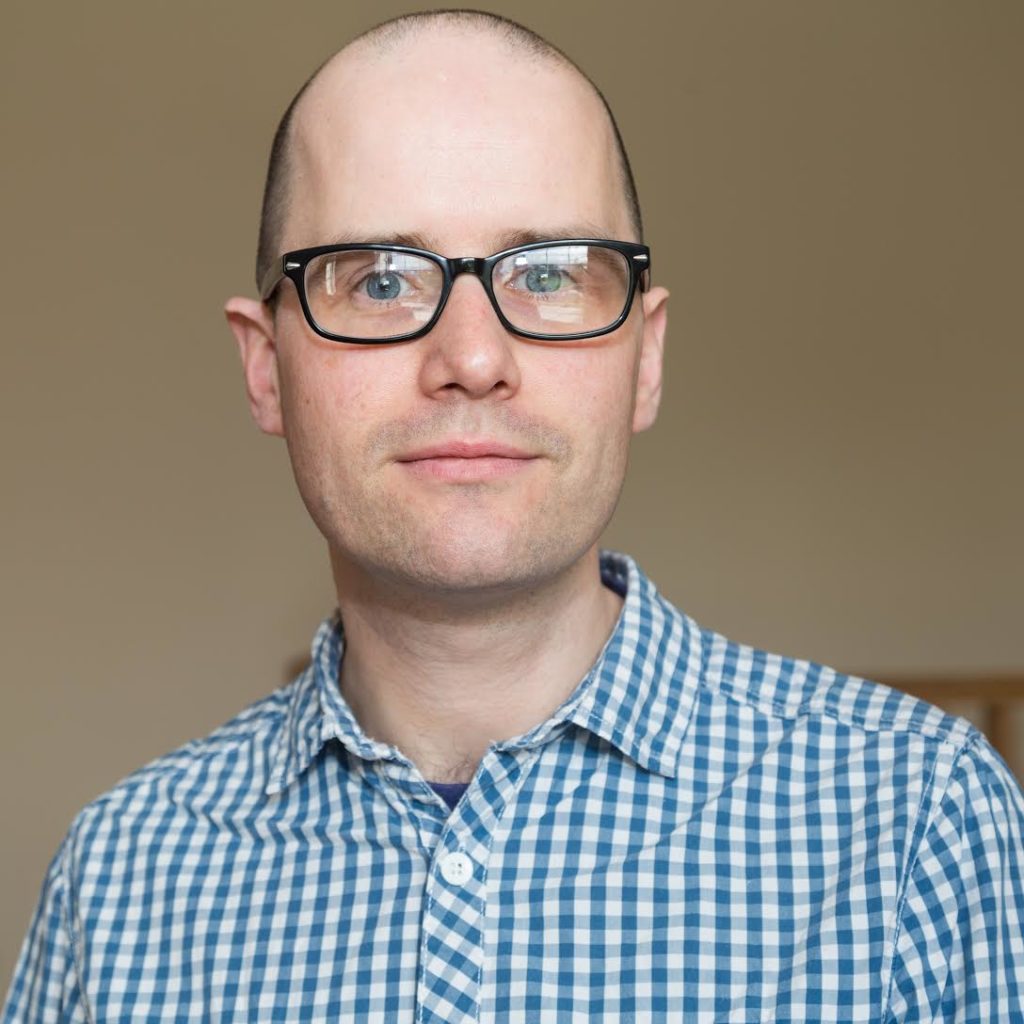Developing open research options for the social sciences and humanities
Working towards a fair, open environment for researchers in different fields
In September 2021, Taylor & Francis hosted a panel event that brought together representatives from consortia, institutions, learned societies and publishers. They exchanged views on an inclusive and researcher-centered open access approach.
The event explored ways to encourage collaboration and innovation to develop diverse open access options for researchers in different subject areas, in particular the social sciences and humanities.
In this blog post, we discuss some of the highlights from our university and consortium panelists – Jeroen Sondervan, from Utrecht University and Jack Hyland, Manager of the IReL consortium.
Open research initiatives
Improving open research options for the social sciences and humanities is challenging. Often there is less funding, and sometimes lower awareness, than there is in science, technology, and medical subjects. Our panelists discussed some of the initiatives that are helping to change this.
New ways of making open research options equally available
Building open science communities
Facilitating discussion with digital humanities and interdisciplinary research
Achieving inclusivity and equity through Read & Publish agreements
Transformative open access agreements
Libraries and publishers make transformative open access (OA) agreements so that authors don’t need to pay article publishing charges (APCs) to make the final version of their articles open access. Through these partnerships (which are also sometimes called ‘read & publish’ agreements), an increasing proportion of library spend supports open access publishing services, while enabling their users to continue reading subscription content.
More about the speakers

Jack Hyland, IReL Manager
Jack has been manager of IReL, the Irish e-resources consortium based in Maynooth University, since 2017. Before this, he has worked in a variety of roles in Irish university libraries, with interests in scholarly publishing and open access (OA), intellectual property and online learning. Jack is on the editorial board of the DBS Business Review and has recently co-authored an article in UKSG Insights proposing a novel model for OA funding (http://doi.org/10.1629/uksg.500).

Jeroen Sondervan, Open Access Publishing Consultant, Utrecht University
Jeroen has over 14 years of experience working in scholarly publishing. He is a member of the Knowledge Exchange Open Access Group, the Dutch library consortium OA working group and editor of the national platform openaccess.nl.
Visit the Taylor & Francis Open Research site to find out more about the latest initiatives to help you choose open